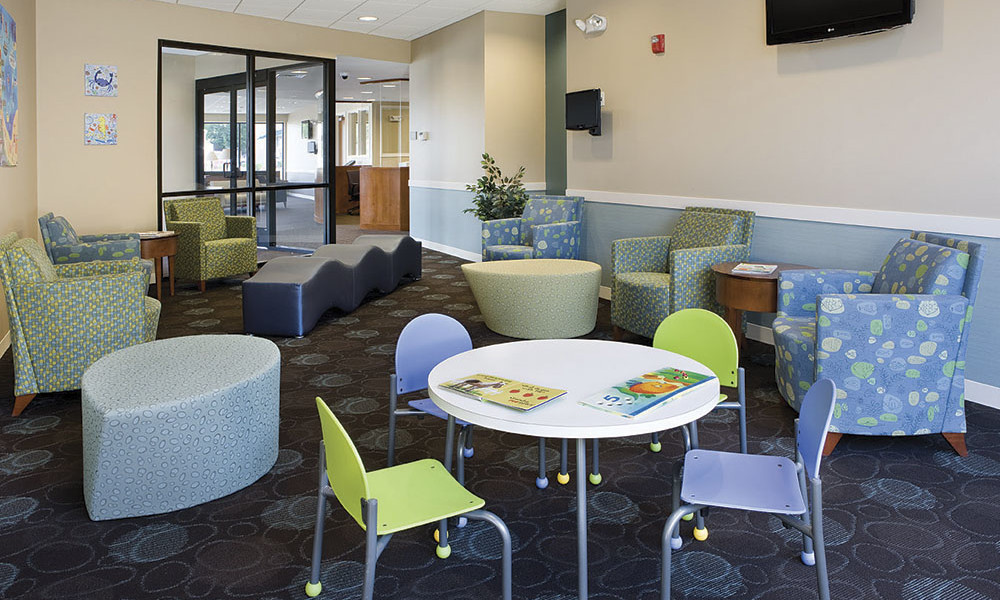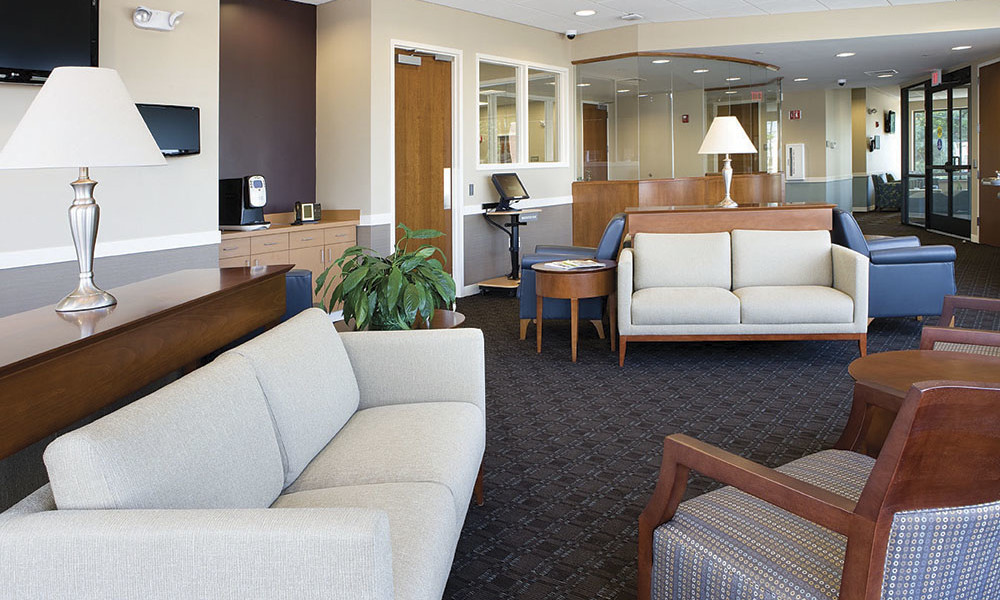Urgent Care Centers: Evolution of, key considerations for, infusion suites and other UCC spaces
By Marc Margulies
The phenomenon of the urgent care center is here to stay. While many people have great affection for their primary care provider, and those PCPs serve an invaluable role in the health and well-being of their patients, they cannot be available 24 hours, seven days a week.
The UCC, in any number of incarnations, offers a level of availability at hours beyond that of most PCPs and at a fraction of the cost of equivalent services at an emergency department. These are all established facts, and support the growing number and popularity of the plethora of new urgent care providers.
The trend that is becoming equally important is providing healthcare services that would otherwise be available only in a more clinical (i.e., hospital) environment. Globally, biologic drugs are on track to grow 400 percent from 2002 to 2017, according to Statista’s Global Biologics Spending research for 2002-17. One example would be the repetitive-type clinical services for patients with chronic illnesses in an associated urgent care environment. Typically, patients with Crohn’s disease or alkaloid spondylitis receive an infusion of their regularly administered intravenous medications in a hospital environment. However, these patients are not “sick” in an “emergency” sense, and do not need to be in an inpatient environment. Nor do insurance companies relish the idea of paying hospital rates for services that can easily be provided by skilled nursing in facilities best suited to patients of low acuity. Enter the concept of the infusion suite within or adjacent to the urgent care center.
In a recent study by Reliant Medical Group, a multi-specialty medical group in central Massachusetts, 25 percent of the volume at its largest UCC was infusion-related. These patients represent a variety of needs, from hydration to antibiotics, but the nursing skills, pharmaceutical mixing and physical resources necessary for the infusion process are common to them all.
Skin infections (cellulitis), which arise spontaneously or through trauma such as animal bites or infected wounds, are the most common reason for intravenous antibiotics. Less common reasons for IV antibiotics include kidney infections (pyelonephritis), pneumonia (certain cases) or lymphangitis. Typical infusion drugs administered in Reliant’s chronic illness infusion suite include Remicade, Tysabri, Orencia, Zometa, Reclast, Cubicin, or Invanz; approximately $4,500 can be saved in a single Remicade infusion. Other common infections normally treated with oral medications, but don’t respond adequately, are sometimes treated with IVs. Oncological chemotherapy is not a good candidate for these kinds of infusion suites because cancer patients tend to be immunocompromised.
Patients with chronic illnesses often need to have ongoing infusion treatments repeatedly; it is most convenient to have them available in smaller local clinics with adjacent parking than at large, centrally located hospitals. They may have to spend several hours in an infusion bay each time, and a less “clinical” and more comfortable and casual environment is often preferable.
There is an increased focus by insurance companies to help to fund the relatively minimal costs of construction and staffing of these infusion suites, given the enormous savings that they can deliver over time.
Key components of successful infusion suites
A convenient location, easily accessible parking and/or public transportation, extended hours on both workdays and weekends, and the approval of patients’ PCPs are all paramount. Beyond that, keep in mind the myriad patients who arrive for immediate healthcare service can be quite different from those who arrive, not fundamentally ill, at pre-scheduled times for an extended time in an infusion bay. Their expectations for punctuality, hospitality and environment are more discretionary. They can and do “shop” for where to spend their time. Is there comfortable space for those who come with them? Do either they or their family have to wait with sick patients? Are they treated to a calm and relaxing experience, or must they be assailed by what is sometimes an ambiance of urgency and illness?
The best way to configure the space to assure compliance with all these objectives is to have a separate entrance and/or reception area for the infusion suite. Infusion bays and support areas, including the supervisory physician’s office, should be in a location where nurses and medical assistants can shift their attention to or from the urgent care area when volume shifts.
Beyond the infusion suite
The question that might next be asked is: What other medical services can be readily and cost effectively handled outside the PCP office or the emergency department in the convenience of an urgent care setting? Shields MRI has already captured significant market share with its imaging centers. New England Scope in Worcester, Massachusetts is one of many outpatient surgery centers that perform highly efficient, convenient and cost-effective gastroenterological procedures, including colonoscopies, outside the hospital environment. Reliant Medical Group’s ReadyMED walk-in medical care clinics in Auburn, Shrewsbury and, soon, Milford (Massachusetts), all offer school-required wellness certification and simple laboratory testing.
While some argue that this trend represents a diminution of the PCP’s role, most doctors are happy not spending their time on these relatively administrative duties in favor of dealing with patients with more serious health issues. Healthcare is increasingly delivered as an ambulatory service, with hospitals focused more on research, acute care and traumatic emergency care. Healthcare architects and designers need to be fully aware of the changing landscape of healthcare delivery methodology in order to anticipate and plan the best ways to support the providers.
Author: Marc Margulies
Marc Margulies, FAIA, LEED AP, is a principal at Margulies Perruzzi Architects.
Posted April 8, 2015
More Articles:
- Coverings 2024
Apr 22, 2024 – Apr 25, 2024 - Hospital, Outpatient Facilities & Medical Office Buildings Summit
Apr 25, 2024 – Apr 25, 2024 - CxA Workshop & Exam
Apr 29, 2024 – Apr 30, 2024 - EMP Seminar & Exam at CxEnergy 2024
Apr 29, 2024 – Apr 30, 2024 - CxEnergy
Apr 29, 2024 – May 2, 2024 - PHCC West 2024
Apr 29, 2024 – May 2, 2024 - Lean in Design Forum 2024
May 1, 2024 – May 2, 2024












